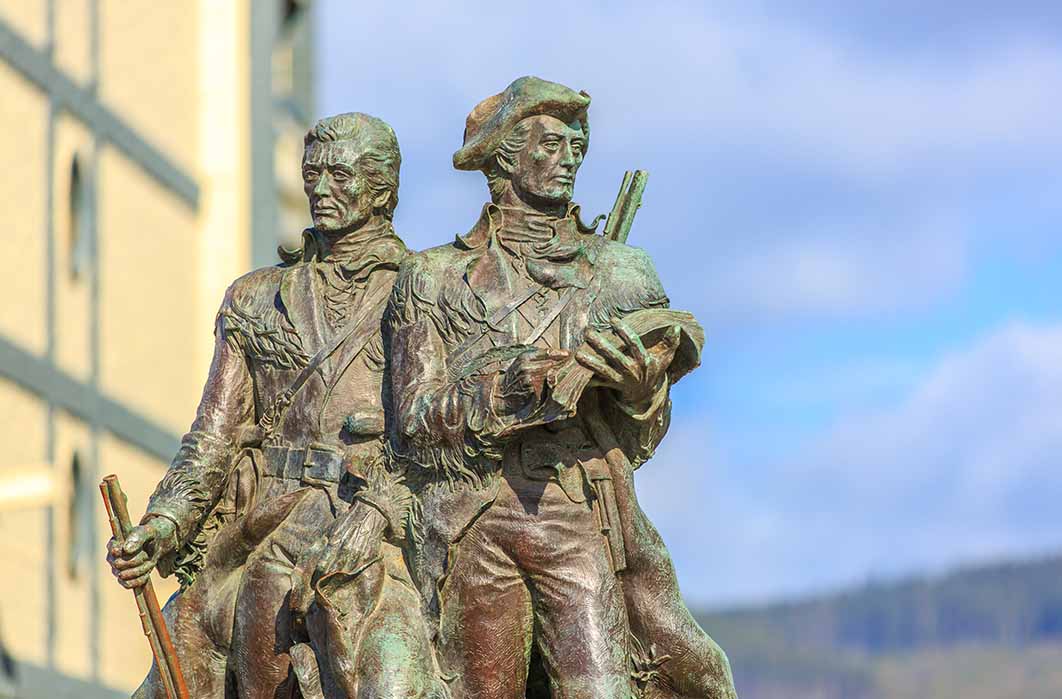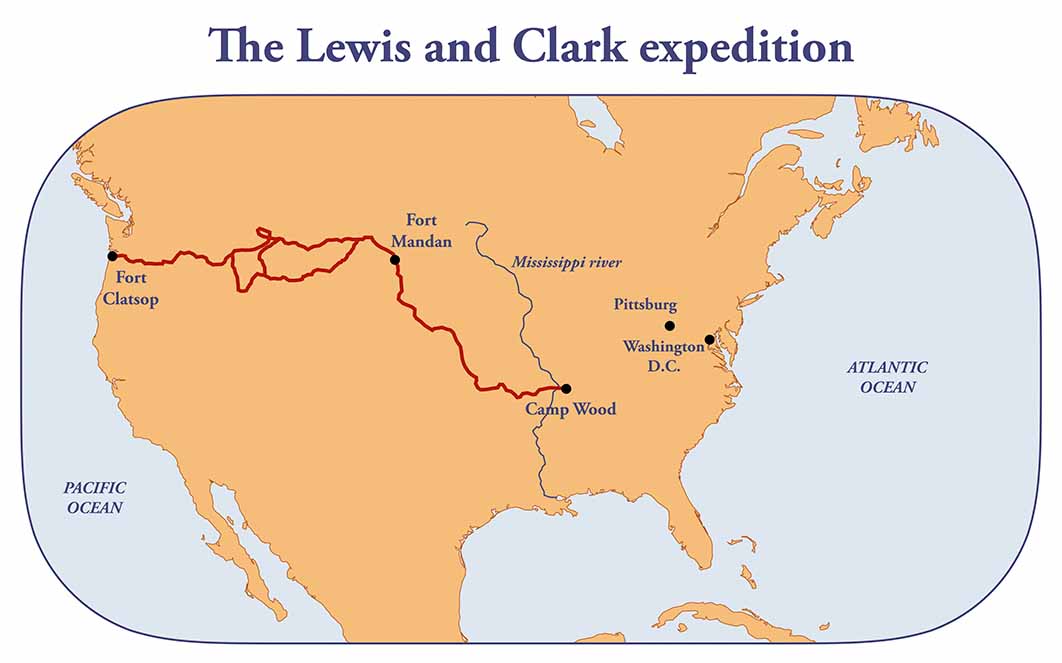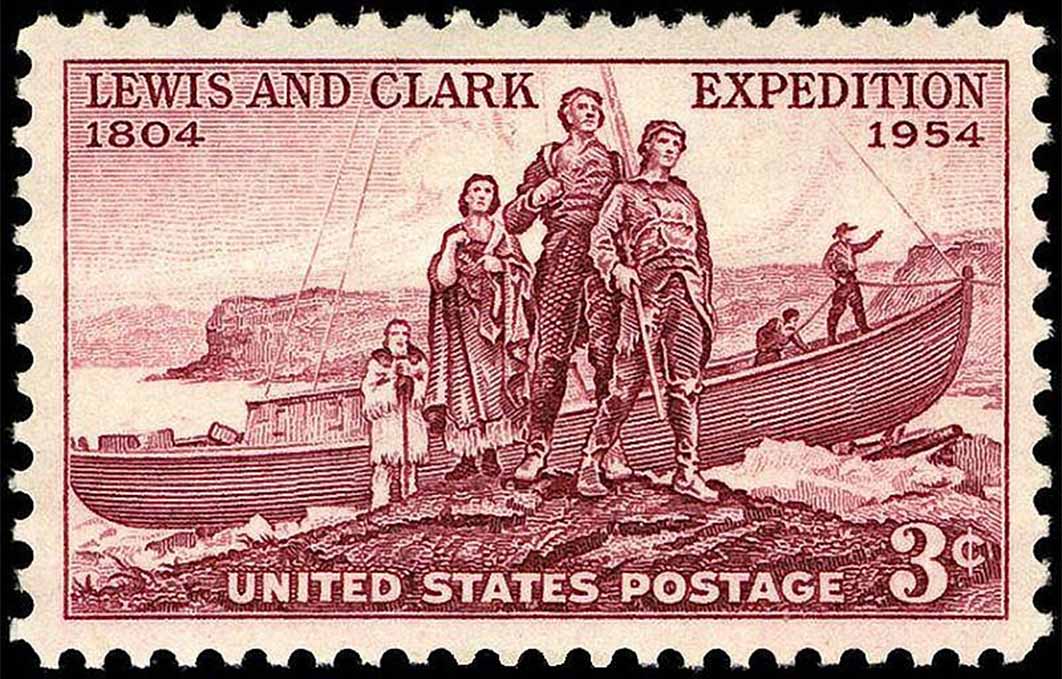
Conspiracy: Meriwether Lewis And Thomas Jefferson’s Missing Documents
Some lost treasures do not consist of gold, silver, or precious gems, yet their value exceeds monetary reckoning. Some even consider these lost treasures priceless, and a few seem to be cursed, considering the experience of those who figure prominently in them – such are the valued treasures of lost documents. Roman leaders, for instance, consulted the Sibylline Books for 900 years before they disappeared. And then Rome fell. Many Mayan texts, including the famous Codices, were burned by Spanish conquistadors and Catholic monks in the 16th century. A precious few were copied and hidden, otherwise history would never even have reported on them. And the once mighty Maya empire collapsed into the mists of time, leaving only magnificent, crumbling ruins in their wake, where once gold sparkled in the morning sunrise.
The Hebrew Bible, called the Old Testament by Christians, cited about 20 chronicles that no longer exist. How can anyone put a price tag on the Dead Sea Scrolls or the Nag Hammadi texts? Scholars consider all these beyond price. The Lewis missing documents might hold a key to the 1803 Louisiana Purchase of territory considered vital by Thomas Jefferson, and Lewis died while having them in his possession. Does of verdict of suicide cover up a conspiracy to murder?

The route of Lewis and Clark expedition (Dimitrios / Adobe Stock)
Lewis and Clark Corps Discovery Expedition
The missing pages from the journals of Meriwether Lewis, hero of the Lewis and Clark Corps of Discovery expedition from 1804-1806, are considered priceless. Lewis’ friend, American president Thomas Jefferson, had given the expedition some key goals. They were to explore the Missouri River to find “the most direct and practicable water communication across this continent for the purposes of commerce … and render a knowledge of those people who inhabited the route.” To that end, either Jefferson or Lewis, it is not clear which, created a gridded sheet which listed common English words in the left-hand column and blank columns to the right. The idea was to fill in equivalent Native American words to see if there were common roots in any European languages.

Lewis and Clark, 1954 issue. U.S. Post Office; Bureau of Engraving and Printing; designed by Charles R. Chickering (Public Domain)
Jefferson was obsessed with the idea that Europeans made it to the Americas way before Columbus. He firmly believed, for instance, that the Ten Lost Tribes of Israel, after their defeat by the Assyrians in 721 BC, eventually migrated to the Americas. This was the theory that became the basis of the theology of the Latter-Day Saints just a few decades later. It is still in vogue in parts of the American Southeast. There are members of Cherokee tribes to this day who find similarities between their language and that of ancient Hebrew. Artifacts still show up from time to time throughout the United States that seem to bear Hebrew inscriptions, as well as Phoenician, Greek, and other Mediterranean countries.
When the expedition returned from their explorations, Lewis had collected 14 Native vocabulary sheets for President Jefferson. By September, 1806, he had completed nine more. Jefferson’s plan was to take Lewis’ records and combine them with the 40 or so he had already personally documented. He wanted to publish a text that would prove his thesis.
That never happened. When Lewis died, his records were lost to history. No one knows what became of them. After his death, they became a central piece of a conspiracy surrounding Meriwether Lewis and his missing documents.




